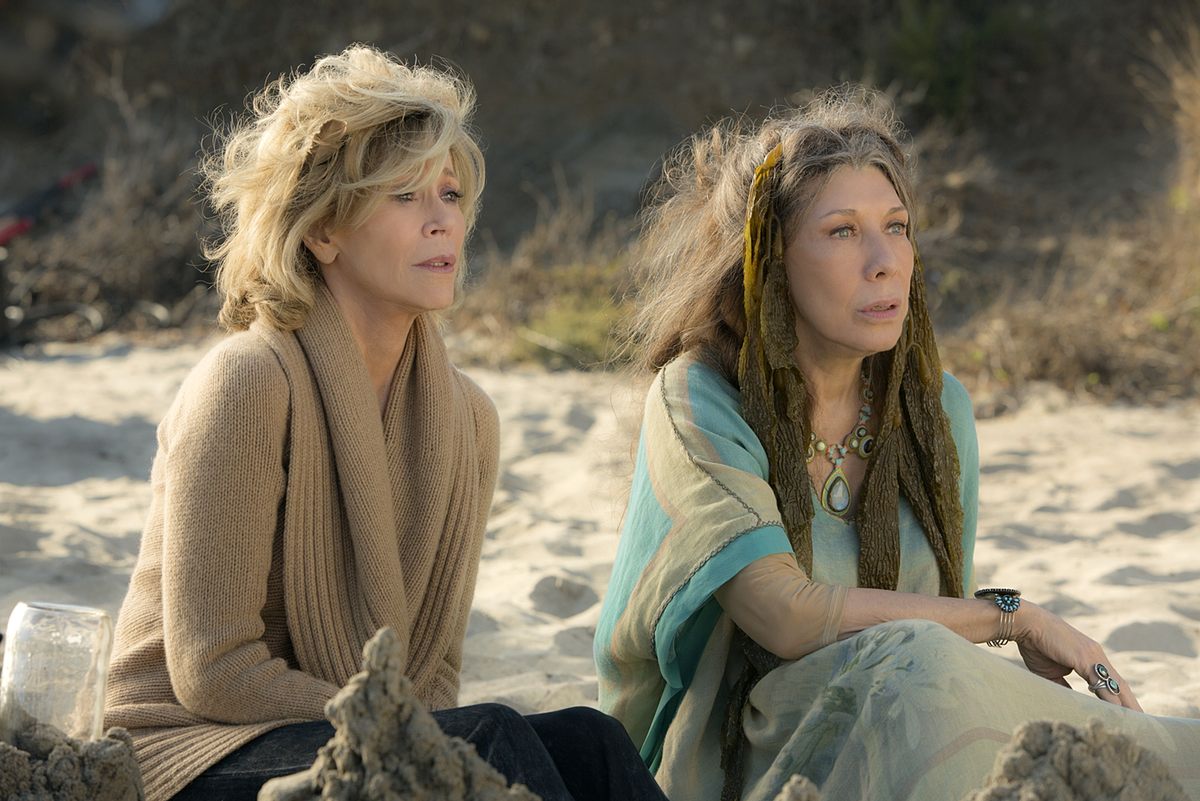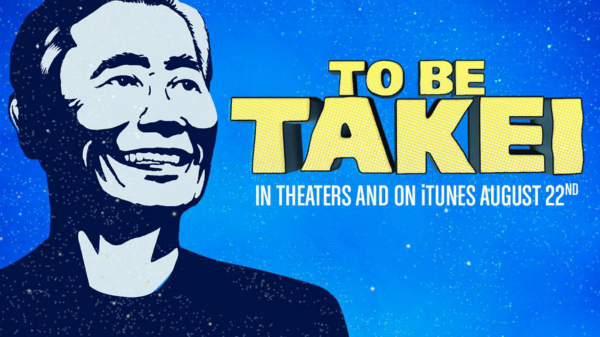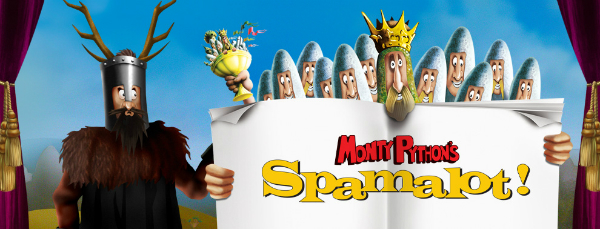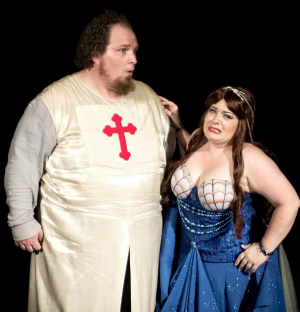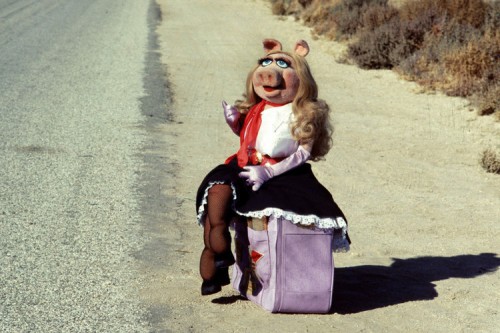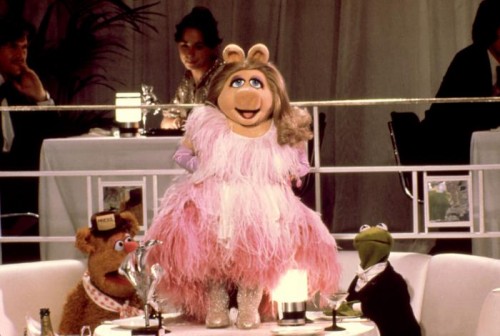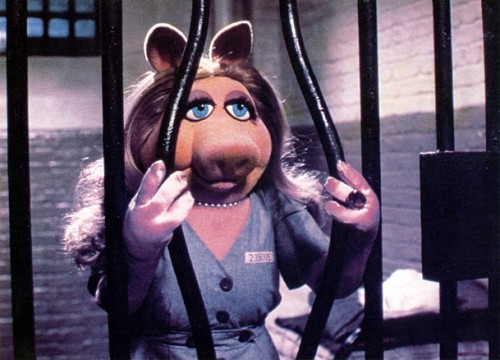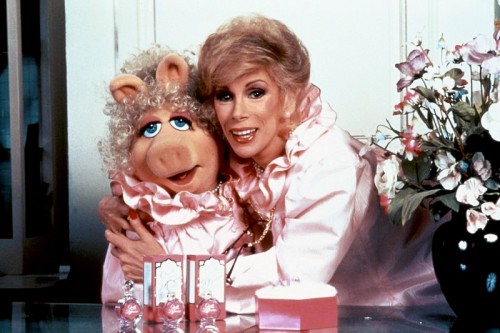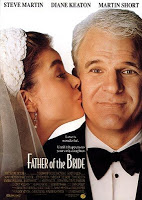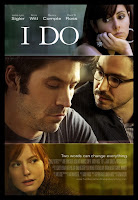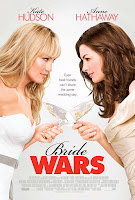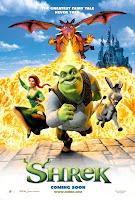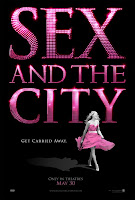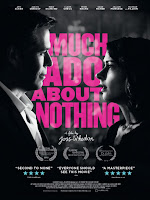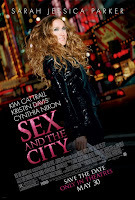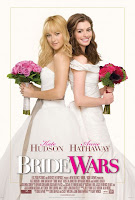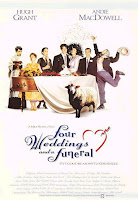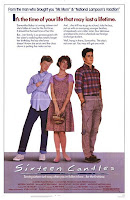This is a guest post by Becky Kukla.
Something really special is happening in Netflix’s new baby Grace and Frankie. The series aired in its entirety a few weeks ago with relatively little promotion, considering the impressive cast involved. Grace and Frankie marks the return of Jane Fonda and Lily Tomlin to comedy television. Not that either of them ever really left the comedy world, though the last time we saw them together was in the ’80s film 9 to 5, which is by all accounts wonderfully funny and female centric. Tomlin and Fonda both starred in 9 to 5 and have been reportedly BFF’s ever since. In a way, following their 2015 Golden Globes presentation, they are almost a pre-cursor to the female comedy duos of today. Think Tina and Amy, Ilana and Abbi, and Wiig and Rudolph. If anyone set the standard for the hybrid hilarious BFFs/comedy duo, it’s Tomlin and Fonda. So, does Grace and Frankie live up to the hype?
Tomlin and Fonda play Frankie and Grace respectively, two women who are shocked to discover that their business partner husbands have been having a secret affair for the past 20 years. They have decided to divorce their wives and marry each other, after the law changes and “we can do that now.” Sol (Sam Waterston) and Robert (Martin Sheen) begin to make a life with each other, whilst Grace and Frankie are left to pick up the pieces. The first episode, aptly titled “The End,” begins with the moment that Robert and Sol break the news to their wives – over dinner at an expensive restaurant (oh the middle-class!). Grace and Frankie are only friends because of their husband’s partnership-turned-relationship, and the only thing they both have in common is that they are both belong to a group of women who are white, mature, middle-class and are generally ladies of leisure; they don’t work and rely on their husbands’ income. Grace is your typical vodka-infused, uptight, emotionless Lucille Bluth type, and Frankie embodies new-age hippie culture and is more at home smoking a joint than “doing lunch.” The set-up of the show is nothing new; we expect the laughs to come from either tired stereotypes surrounding homosexuality or from Grace and Frankie bickering. It’s a pleasant surprise to find that Grace and Frankie doesn’t rely on old and unfunny cliches to make us laugh (or cry).
Whilst Grace and Frankie could easily have tailed off into a comedy about the titular character’s love/hate relationship, the main focus of the series is actually two women supporting each other and pulling one another through an incredibly painful time. The theme of age and the fear of growing old alone is prevalent through the series, reinforcing society’s stigmas about lonely spinsters. Television often has little time for older women, but Grace and Frankie explores the heartbreak and isolation that comes with going through a divorce after 40+ years. Whilst Grace and Robert seem to hate each other (and have done for some time), the saddest story is that of Frankie and Sol. At times gut-wrenching, we see two people who have formed a relationship on the best of a friendships and having to learn to live without it. Tomlin pulls of a phenomenal performance, and epitomizes the highs and lows of such a life changing event. There is a moment in “The Funeral” where Frankie accidentally gets into Sol’s car, forgetting for a moment that they won’t be going home together. It’s a small action, but so significant and Tomlin handles it with perfection.
Even with all the seriousness, Grace and Frankie still has comedy at its heart. There are some wickedly funny lines (that mostly come from Tomlin’s Frankie) and provide plenty of occasions to laugh out loud. The gags don’t come thick and fast, unlike most contemporary comedy scripts, but Kaufman is clearly very happy to let the punchlines linger. It works superbly well because it allows the show to be incredibly funny without having to instantaneously move on to the next joke. At times it almost feels that there should be a laugh track within those pauses, but the absence of one actually helps to cement the reality of Grace and Frankie’s newfound situation. We are laughing because it’s the only way we can deal with this. Who hasn’t been there? There are also some hilarious recurring themes–Frankie’s relationship with technology, Grace’s exploration into sexuality and home-made lube, and the constant quips that the women throw at each other. Tomlin and Fonda’s onscreen chemistry is absolutely spot on, giving life to moments that may otherwise have fallen flat. One of the most refreshing things about Grace and Frankie is its attitude to female sexuality in older women. Life (moreover, sex) doesn’t have to stop because you’re getting older. The series illustrates this with frankness and honesty, and we don’t shy away from seeing the woman in that light. They aren’t just mothers, grandmothers or wives; they are women, with desires and emotions. It would have been great to see more of this, and more of Jane Fonda looking fucking amazing in lingerie!
The supporting cast are very likable, but Grace’s daughter Brianna (June Diane Raphael) is the standout star, often delivering the best lines of the series. The ensemble cast work incredibly well together, providing a neat backdrop for Tomlin and Fonda. Having said that, the romance/non-romance between Coyote (Frankie’s son) and Mallory (Grace’s daughter) was one of the only issues I took with the series. I’m all for sub plots, but neither Coyote or Mallory are particularly engaging characters hence their “affair” seemed incredibly uninteresting, especially in comparison to the far more engaging main narrative.
Grace and Frankie could have also spent more time with its title characters -the show is about them, but a monumental amount of scenes were dedicated to Robert and Sol and the blossoming of their relationship. Whilst it was great to see a gay couple (especially an older gay couple) transcend camp cliches, I couldn’t help thinking that the show isn’t supposed to be about them. Certainly, the series feels more at ease when Tomlin and Fonda are onscreen and I just wished we had seen more of that, instead of the men.
Grace and Frankie triumphs because it doesn’t utilize the gay characters as a trope or a way to increase viewership. Sexuality doesn’t become a selling point. There is more to Robert and Sol than just their relationship, and there is far more to Grace and Frankie than just jilted middle-class ex-wives. It’s a sweet, easy to watch series which not only makes us laugh out loud but also gives us an insight into characters that are usually simply tired stereotypes. It’s probably not going to push any boundaries or make a statement, but enjoyable and well written. I, for one, can’t wait for Season 2.
Becky Kukla is a 20-something living in London, working in the TV industry (mostly making excellent cups of tea). She spends her spare time watching everything Netflix has to offer and then ranting about it on her blog.
